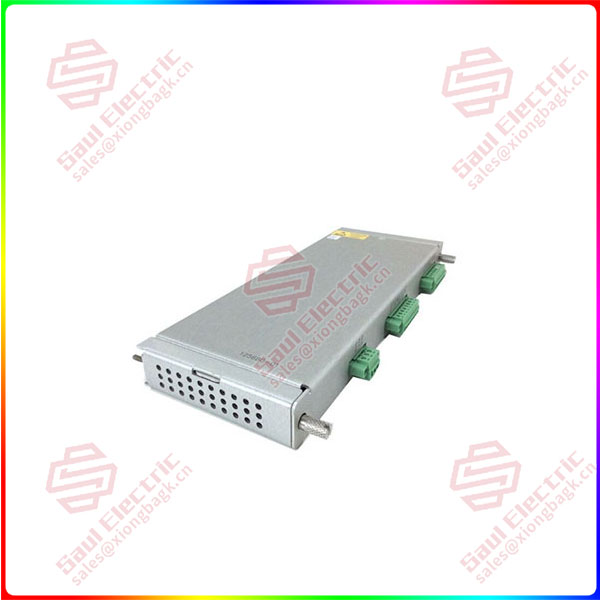In the process of human-machine interaction and collaborative production, high-end medical, welding, grinding, flexible assembly and other scenes have a high demand for robot drag and drag teaching, safety protection and other functions, and high-performance force control function has become a key part of ensuring the operation effect in the above fields. At present, the robot manual control sensor is roughly divided into embedded and external two ways, among which the embedded force/moment sensor has become the optimal solution for the robot to achieve the force control function because of its unique high integration and simple use.
125680-01 Due to the difficulty of having a six-dimensional force/torque sensor outside the tool end requiring additional installation and configuration, poor ease of use, occupying end tool space, I/O interface resources, and high maintenance costs, the JAKA S series collaborative robot is introduced by embedding a high-precision six-dimensional force/torque sensor in the end of the robot.
As the first sensor embedded product in the JAKA family, JAKA S series collaborative robots rely on a new generation of self-developed integrated joint integration architecture, equipped with advanced self-developed force control algorithm, truly achieve force control function out of the box, with the sensor 0 installation, 0 deployment of the extremely simple, extremely convenient experience to gain users’ favor. The first market immediately won orders in medical, welding and other fields, and has officially begun to accept bulk orders.
0 Easy to install
In terms of hardware, JAKA S series adopts force control integration design, without any exposed wiring, the overall protection level is up to IP65, does not occupy the original I/O interface, and has higher integration with external equipment. At the same time, the internal interface is compatible with sensorless mode and modular design to minimize after-sales maintenance costs.
0 deployment is easier
From the user’s first perspective, the automatic communication configuration is realized, and the sensor is automatically enabled on the power supply. At the same time, the drag and drop configuration is simplified, the obscure professional vocabulary in the original APP interface is removed, and the ambiguous expression is optimized. Users can customize the softness and hardness of the drag and drop feel, and the robot will automatically manage the force control parameters according to the basic parameters and actual working conditions (model, load).

125680-01
01Quick new interaction open with one click
125680-01 The Point and Free keys are force control shortcuts. Long press the Free key to enter force control drag mode, short press to exit, and long press the Point key to realize sensor zero correction.
02Light body strong load
Based on experience in high-demand scenarios such as grinding and polishing, medical welding, and flexible assembly, the JAKA S series pays particular attention to ease of use, overload, and protection. Built-in ultra-thin, high-precision torque sensor, the end flange thickness is reduced by 77% compared with the external sensor, the weight is reduced by 50%, the maximum range of 400N/48Nm, and the overall accuracy is 1%F.S.
Small size is not afraid of large load, JAKA S series has the industry’s top 15 times overload capacity, the maximum can withstand 3000N/300Nm instantaneous overload, sensor resolution 0.05%F.S., overload capacity, end force/moment detection accuracy than foreign head friends increased by more than 3 times. In addition, by integrating the ontology with the sensor load, the JAKA S Series co-bots can automatically enable sensor load identification with an accuracy of up to 3%.
03The first innovative function of singularity early warning
Limited by mechanical configuration or joint limit, the solution of inverse kinematics of the robot in its motion space will fail, that is, the “singularity”. In the actual process of force control dragging, when the robot moves to the singularity point or reaches the limit, it will cause the robot to stop operation, and it needs to be powered on and enabled again, which is complicated and affects the normal operation of the production line. How to warn the singularity has also become a difficult problem to be solved by the majority of cooperative robot manufacturers.
JAKA S series cooperative robots pioneered the singularity early warning function and self-developed the singularity protection algorithm. When the user drags to the singularity point, it will increase resistance and automatic early warning. After leaving the singularity point, the robot arm can automatically stabilize and restore the “softness”. At the same time, the newly upgraded collision protection function, through the instability insurance algorithm and other algorithms, to achieve abnormal jitter monitoring and automatic stability.
 1 Year Warranty
1 Year Warranty





